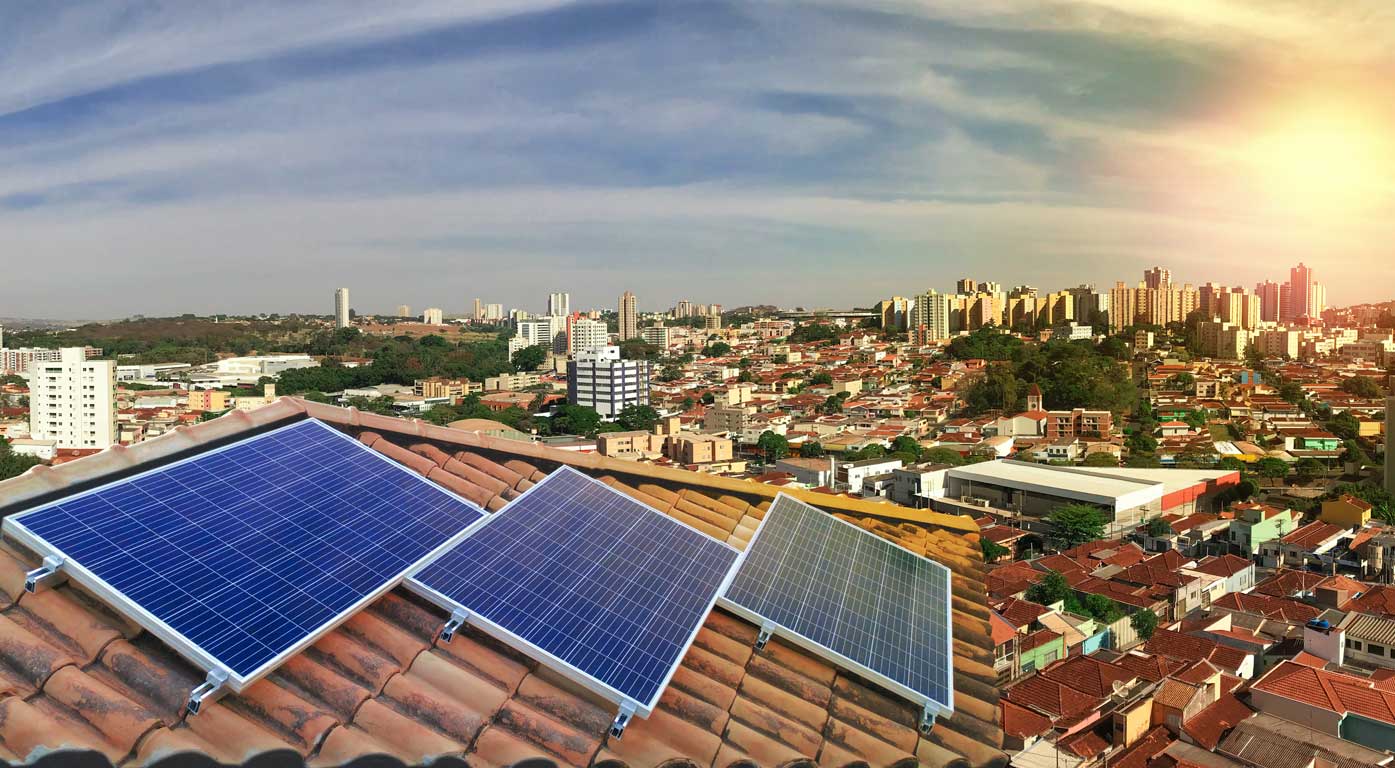Summary
The Advanced VPP Grid Integration project aims to show how higher levels of energy exports to the grid from customer solar and battery systems can be enabled through dynamic, rather than fixed, export limits, and to test the value this can create for customers and Virtual Power Plant (VPP) operators.
Key results
- SA Power Networks and Tesla have co-designed an Application Programming Interface (API) that enables the secure real-time exchange of data between Tesla’s and SA Power Networks’ systems via the internet
- Tesla has successfully operated their VPP at exports exceeding their previous static limit of 5kW per site while maintaining compliance with the limits received via the API across a variety of network conditions
- It was found that time-varying and locational export limits could enable DER to be hosted at higher levels of penetration, particularly distributed energy storage VPPs conducting arbitrage between solar and non-solar hours
- The results support the view that a dynamic network capacity management approach can enable larger, more active DER and demand management systems to continue to operate under higher levels of DER penetration than would otherwise be possible with static limits.
Learn more
How the project works
The Advanced VPP grid integration project will introduce an interface (API) to exchange real-time and locational data on distribution network constraints between SA Power Networks and the Tesla South Australian VPP, enabling the VPP to optimise its output to make use of available network capacity.
This concept will be tested in a field trial over 12-months. Read more about distributed energy resources.
Area of innovation
Recent work by the Australian Energy Market Commission, and the joint Energy Networks Australia/Australian Energy Market Operator Open Energy Networks project has recognised the dynamic management of distribution network capacity is a key requirement to unlock the full value of VPPs and other distributed energy resources. This project will be the first to demonstrate this concept in operation with a real VPP that is actively participating in the market, and to seek to measure the real-world costs and benefits of this approach.
Benefit
The intention is to enable the VPP to operate at higher levels of export power than would otherwise be allowed under normal fixed per-site export limits. In principle, this could double the VPP’s maximum export capacity at certain times, enabling the VPP to provide greater market and system-wide benefits. The learnings from this project could help develop a consistent national approach, and potentially a standard API, for VPP aggregators to access advanced network integration services from distribution networks across the National Electricity Market.









